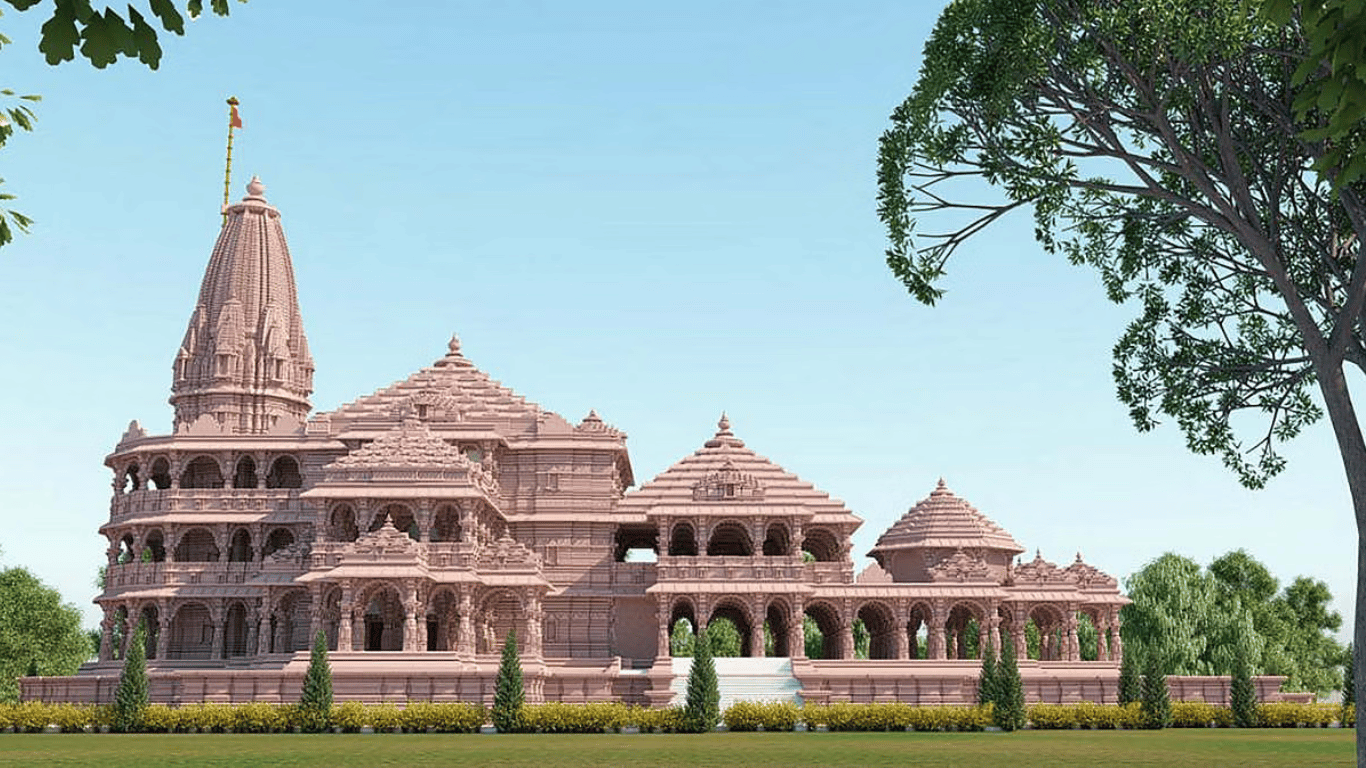
The Ram Janmabhoomi issue has been a source of deep division among Indians for decades, fuelled by deliberate myth-making during the colonial era. A circle of fervent supporters has emerged, benefiting politically from the flames of this contentious matter. The desire to construct a temple on the site of an existing mosque, driven by a dubious sense of avenging a centuries-old perceived “wrong,” contradicted the principles of communal harmony and fraternity upon which the new nation was constitutionally founded. Despite this, the mission has come to fruition recently, creating a monster out of a fevered ambition that manipulated the minds of people with simple beliefs.
In recent weeks, various media channels have bombarded the public with a loud and celebratory message. However, January 22 cannot be a day of innocent celebration, considering the bloodshed, illegality, and unhappiness associated with its dark history.
It’s essential to clarify that Hinduism has never faded from public life; India has always been a deeply religious country where faith governs various aspects of life. However, the current high visibility of Hindu rituals and symbols in the public sphere is not an organic resurgence of piety. Instead, it is a carefully cultivated display of religious pride orchestrated by the ruling party for political gain. The construction, consecration, and promotion of the Ram temple have become entirely government-driven, exemplified by the half-day holiday announced for central government offices on January 22, fully embedding the administration into the event.
As the 2024 elections approach, accolades are pouring in for the BJP’s organizational skills and Prime Minister Modi’s popularity. Yet, if these achievements are genuinely commendable, they should stand on their own merits without relying on divisive politics and the ominous spectre of hate-fuelled violence. The development of Ayodhya as India’s spiritual capital and the construction of the Ram temple, an idea proposed years ago by P.V. Narasimha Rao, need not have waited for the destruction of a mosque. They could have been more welcomed if they were built on Ayodhya’s rich and syncretic past, embracing every religious denomination.
There is a notable absence of Ram Lalla in Hindu mythology; its emergence is attributed to the Rashtriya Swayamsewak Sangh (RSS) and Vishwa Hindu Parishad (VHP), conceived as a tool for engaging in a contentious narrative against Muslims, whether for perceived or imagined grievances.
The consecration of Ram Lalla within the incomplete Ram temple in Ayodhya, constructed on land judicially acquired after the illegal demolition of the Babri Masjid, was made possible through the Supreme Court acknowledging Ram Lalla’s ownership over the disputed land. The so-called guardians of Ram Lalla, affiliated with the VHP, asserted a claim to the entire territory previously occupied by the Babri Masjid. However, the figure of Ram Lalla entered the legal discourse belatedly, and its designation as the landowner lacks traditional grounding in Hindu lore. The VHP’s modern narrative, rather than historical tradition, introduced the persona of Ram Lalla. There is a stark absence of references to the child form of Ram, as Ram Lalla, in Hindu mythology and devotional practices. Texts like the Ramcharitmanas by Tulsidas, a significant source for Ram worship, only incidentally mention the child form of Ram.
Contrary to popular belief, residents and devotees in Ayodhya assert that the child Ram, represented as Ram Lalla, is not actively worshipped in the town, even with numerous Ram temples dotting the landscape. Devotional songs dedicated to Ram Lalla are not prevalent among Hindus, and in the Bhakti movement’s tradition, Ram is not worshipped in this form. The concept of Ram Lalla has been fabricated over the past four to five decades by the RSS and the VHP, shaping a narrative that projects antiquity as the proof of a tradition’s strength. An anonymous addendum to the judgment, citing Hindu faith as the basis for the legal decision, alleges a pre-existing Hindu belief in Ram’s birthplace at the Babri Masjid site but fails to provide evidence of the worship of Ram Lalla.
Tulsidas, in his works, attributes qualities such as compassion and benevolence to Ram, but it is the RSS and BJP who have assumed the role of guardians of this deity, constructing the concept of Ram Lalla for political purposes. The appropriation of the god Ram by these entities prompts reflection among Hindus about whether they have relinquished their spiritual imagination to political agendas rather than embracing the real Ram of their spiritual tradition.
©Famous India Blog. All rights reserved.
Creativity By Needinfotech